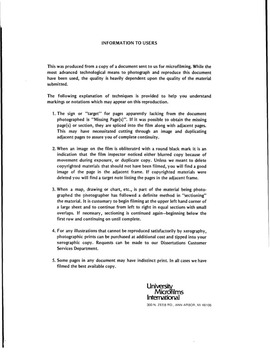| dc.description.abstract | Pollen representative of the Lythraceae, Punicaceae, Sonneratiaceae, Trapaceae, Oliniaceae, Combretaceae, Alzateaceae, Penaeaceae, Crypteroniaceae, Melastomataceae, Myrtaceae and Onagraceae was examined with SEM and TEM. Heterocolpate pollen characterizes the Lythraceae, Combretaceae, Oliniaceae, Penaeaceae, Crypteroniaceae and Melastomataceae. Pseudocolpi are equal to the number of colpi except in some Lythraceae where they are twice the number; intercolpar concavities present in some Melastomataceae are also isomerous with colpi. Oliniaceae shows half pseudocolpi. Alzateaceae may have incipient pseudocolpi. Sonneratiaceae, Punicaceae, and some Lythraceae possess meridional ridges which alternate with the apertures. Exine sculpturing in the mesocolpia is variable, with Crypteroniaceae, Alzateaceae, Oliniaceae, and Penaeaceae basically psilate; Melastomataceae basically striate and rugulate; Punicaceae basically granular-microrugulate; Sonneratiaceae basically verrucate-rugulate; Combretaceae echinate, reticulate, rugulate, striate and psilate; and Lythraceae striate, psilate, verrucate and granular. Exine structure is essentially of the post and beam construction with the fundamental ektexine and endexine stratification layers. In Combretaceae and some Melastomataceae the foot layer is delineated as domes, whereas, in Alzateaceae the columellae layer shows a zig-zag configuration. Oliniaceae and Penaeaceae are distinct with remarkably thickened tectum and foot layer and negligible columellae. Strephonema (Combretaceae) is the only taxon noted in the order with a reticulate sculpture, Tococa spadiciflora (Melastomataceae) is the only polyad in the order other than Ludwigia (Onagraceae). Trapaceae, with protruding, domed apertures and meridional ridges resulting from exine folds, is totally unique in the Myrtales. Some samples show linked pollen grains suggestive of polyads. Myrtaceae, with pollen oblate-elliptic in lateral view and triangular in polar view, is also without a counterpart in the Myrtales. Myrtus communis and Psidium littorale occur as tetrads as well as monads and are the only tetrads recorded in the Myrtales other than the Onagraceae. The viscin threads, tetrads and polyads, exceptionally thick endexine, essentially spongy-paracrystalline ektexine with columellae absent or greatly reduced, absent foot layer, and protruding apertures distinguish Onagraceae, which, with a few superficial comparisons to Trapaceae and Penaeaceae differs from all others in the Myrtales. | en_US |
